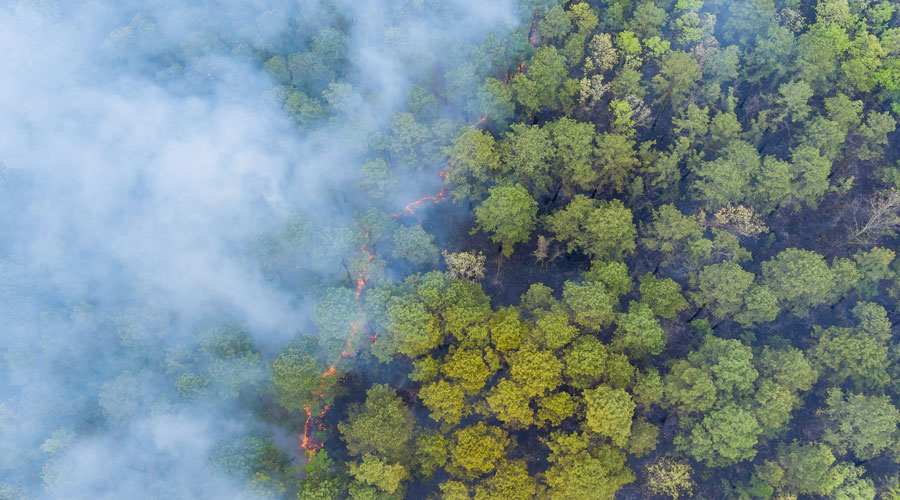A recent State of the Wildfires report has found that unprecedented wildfires between March 2023 and February 2024 in Canada, Greece and parts of the Amazon were made more likely due to the impact of climate change. High-fire weather is now about three times more likely in Canada, 20 times more likely in the western Amazon and twice as likely in Greece. According to the report’s projections, wildfires may become even more likely by the end of the century.
The Report Explained
The State of Wildfires report, published in the international journal Earth System Science Data, was produced by a team in the United Kingdom that comprised the University of East Anglia, the UK Centre for Ecology & Hydrology, the Met Office and the European Centre for Medium-Range Weather Forecasts. The report analyzed extreme wildfires during the 2023-24 fire season, their causes and whether such wildfire events could have been predicted. It also discussed the risks of similar events in the future under various climate change scenarios.
The report explained that carbon dioxide (CO2) released by wildfires is a growing source of global greenhouse gas emissions. In fact, 8.6 billion tonnes of CO2 were released by wildfires between March 2023 and February 2024, 16% above average. In Canada alone, record emissions in the boreal forests were nine times greater than average. Canada experienced more than 6,000 fires last year, which led to the destruction of more than 16 million hectares of land, 232,000 people being evacuated, and eight firefighters losing their lives, a significant societal impact. Elsewhere in the world, widespread fires were also witnessed in South America—specifically in the state of Amazonas in Brazil as well as Bolivia, Peru and Venezuela—and Greece in Europe.
By 2100, wildfires like those experienced in the 2023-24 season may become six times more likely in Canada, three times in the western Amazon and twice as likely in Greece under a mid-to-high greenhouse gas emissions scenario. However, these projections are much more favourable in Canada and Greece under a low-emissions scenario, and the risk in the western Amazon would not change from its current position.
“These projections highlight the urgent need to rapidly reduce greenhouse gas emissions and manage vegetation in order to reduce the risk and impacts of increasingly severe wildfires on society and ecosystems,” said Dr. Douglas Kelley, senior fire scientist at the UK Centre for Ecology & Hydrology.
Next Steps
The report highlights the importance of both individuals and organizations taking measures to cut emissions to reduce the likelihood of worsening wildfire seasons. It’s also critical for businesses to implement measures to limit the chances of sustaining significant losses during wildfire season (e.g., create defensible space, install class A-rated roofing and reduce vegetative fuel around buildings). In addition, organizations should review their insurance coverage to ensure they are financially protected.
To learn more, reach out to CMB Insurance Brokers. We can provide you with valuable insights and guidance: call CMB at 780.424.2727 or click here to get a quote.

